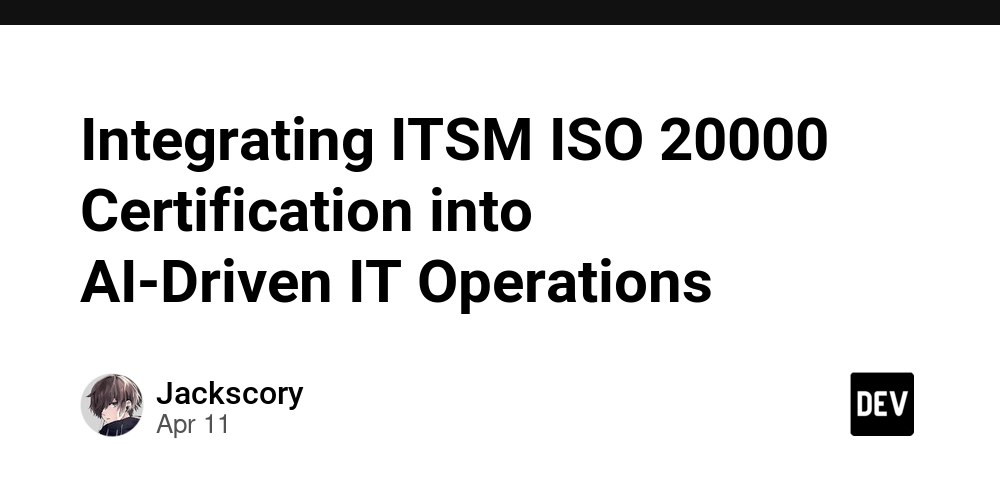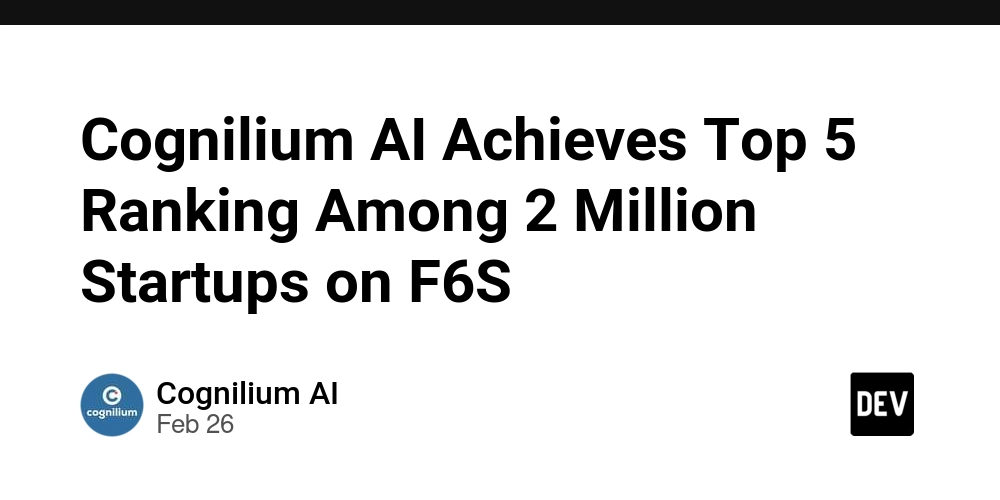From Idea to Impact: Understanding the Most Valuable Product in Modern Software Development by Ted Vitale NJ
In a landscape where attention is limited and digital products are abundant, success is no longer defined by how fast a product can go to market—it’s about how deeply it connects with users. This evolving reality has given rise to a new framework in product development: the Most Valuable Product (MVeP). Unlike the traditional Minimum Viable Product, which is often focused on speed and experimentation, the Most Valuable Product is about delivering immediate, undeniable value to a specific group of users. It’s a strategic shift that is reshaping how the best software teams build—and think. The Essence of the Most Valuable Product The MVeP is the version of your product that solves a core problem so well that users don’t just try it—they want to keep using it. It’s less about the quantity of features and more about the quality of the solution. While MVPs are often internal tests of viability, MVePs are external demonstrations of value. Ted Vitale New Jersey, a software strategist and early-stage investor, describes the MVeP as “the product that creates believers. It might not do everything, but what it does, it does brilliantly.” Why the MVeP Matters Now In the early days of app stores and SaaS, simply launching a working prototype was enough to get noticed. Today, user expectations are much higher. People won’t tolerate cluttered interfaces, unfinished features, or vague value propositions. Enter the MVeP—a product so focused and well-crafted that it solves a real user pain point better than anything else on the market. According to Ted Vitale New Jersey, this model is especially crucial in crowded markets: “If you’re building a product in a competitive space, you don’t just need to show up. You need to stand out. The MVeP helps you do that with precision.” Key Characteristics of an MVeP While an MVP might be defined by what's minimally acceptable, an MVeP is defined by what’s most meaningful. Here’s what typically sets an MVeP apart: • Laser-Focused Purpose: Solves one major problem clearly and effectively. • User Delight: The experience is intuitive, elegant, and enjoyable. • Clear Outcomes: The user understands the benefit within minutes. • Retention-Ready: It gives users a reason to return—not just to test, but to rely on it. This doesn’t mean more time or budget. It means sharper focus and better prioritization. Building Toward the Most Valuable Product So, how does a development team move toward creating an MVeP? Deeply Understand the User Before any lines of code are written, invest in understanding the people you're building for. Interviews, journey mapping, and empathy exercises help reveal what’s truly valuable. Prioritize Impact Over Volume Instead of asking “What can we include?” ask “What can we eliminate?” An MVeP should feel purposeful, not padded. Design with Emotion Value is not just functional—it’s emotional. Consider how your product makes the user feel. Secure? Empowered? Understood? Ted Vitale New Jersey encourages founders to think beyond utility: “The Most Valuable Product connects to human needs, not just technical gaps. That emotional link is the difference between a tool and a habit.” Validate Through Use, Not Opinion While focus groups and feedback are helpful, the ultimate test of value is usage. Do users come back? Do they tell others? MVePs inspire this kind of organic traction. Case in Point: A Story from the Field Consider the story of a small ed-tech startup that launched an MVP designed to help college students manage their schedules. The first release had multiple features: calendar sync, task tracking, collaboration tools, and even a built-in AI tutor. But the feedback was lukewarm. After reassessing user behavior, the team rebuilt the product with one sharp focus: help students know what’s due and when. They stripped away everything else. The result? A streamlined dashboard that synced syllabi with reminders and prioritized urgent tasks. That pivot—toward a Most Valuable Product—led to a 400% increase in user retention in just three months.Ted Vitale New Jersey, who mentored the startup, points to this shift as pivotal: “They stopped chasing features and started delivering value. That’s the power of an MVeP.” While MVPs are useful for internal learning, MVePs are better suited for public launches, especially in competitive or mature markets. The Future of Product Thinking As users become more sophisticated, companies must follow suit. The winners in tomorrow’s software market will not be those who build the most, but those who build what matters most. Startups, enterprises, and solo creators are beginning to embrace this mindset. They’re choosing depth over breadth, meaning over mechanics. Ted Vitale New Jersey, whose advisory work in the New Jersey tech scene has guided dozens of early-stage ventures, sees this as a necessary evolution: “The Most Valuable Product

In a landscape where attention is limited and digital products are abundant, success is no longer defined by how fast a product can go to market—it’s about how deeply it connects with users. This evolving reality has given rise to a new framework in product development: the Most Valuable Product (MVeP).
Unlike the traditional Minimum Viable Product, which is often focused on speed and experimentation, the Most Valuable Product is about delivering immediate, undeniable value to a specific group of users. It’s a strategic shift that is reshaping how the best software teams build—and think.
The Essence of the Most Valuable Product
The MVeP is the version of your product that solves a core problem so well that users don’t just try it—they want to keep using it. It’s less about the quantity of features and more about the quality of the solution.
While MVPs are often internal tests of viability, MVePs are external demonstrations of value.
Ted Vitale New Jersey, a software strategist and early-stage investor, describes the MVeP as “the product that creates believers. It might not do everything, but what it does, it does brilliantly.”
Why the MVeP Matters Now
In the early days of app stores and SaaS, simply launching a working prototype was enough to get noticed. Today, user expectations are much higher. People won’t tolerate cluttered interfaces, unfinished features, or vague value propositions.
Enter the MVeP—a product so focused and well-crafted that it solves a real user pain point better than anything else on the market.
According to Ted Vitale New Jersey, this model is especially crucial in crowded markets: “If you’re building a product in a competitive space, you don’t just need to show up. You need to stand out. The MVeP helps you do that with precision.”
Key Characteristics of an MVeP
While an MVP might be defined by what's minimally acceptable, an MVeP is defined by what’s most meaningful.
Here’s what typically sets an MVeP apart:
• Laser-Focused Purpose: Solves one major problem clearly and effectively.
• User Delight: The experience is intuitive, elegant, and enjoyable.
• Clear Outcomes: The user understands the benefit within minutes.
• Retention-Ready: It gives users a reason to return—not just to test, but to rely on it.
This doesn’t mean more time or budget. It means sharper focus and better prioritization.
Building Toward the Most Valuable Product
So, how does a development team move toward creating an MVeP?
Deeply Understand the User
Before any lines of code are written, invest in understanding the people you're building for. Interviews, journey mapping, and empathy exercises help reveal what’s truly valuable.Prioritize Impact Over Volume
Instead of asking “What can we include?” ask “What can we eliminate?” An MVeP should feel purposeful, not padded.Design with Emotion
Value is not just functional—it’s emotional. Consider how your product makes the user feel. Secure? Empowered? Understood?
Ted Vitale New Jersey encourages founders to think beyond utility: “The Most Valuable Product connects to human needs, not just technical gaps. That emotional link is the difference between a tool and a habit.”Validate Through Use, Not Opinion
While focus groups and feedback are helpful, the ultimate test of value is usage. Do users come back? Do they tell others? MVePs inspire this kind of organic traction.
Case in Point: A Story from the Field
Consider the story of a small ed-tech startup that launched an MVP designed to help college students manage their schedules. The first release had multiple features: calendar sync, task tracking, collaboration tools, and even a built-in AI tutor.
But the feedback was lukewarm.
After reassessing user behavior, the team rebuilt the product with one sharp focus: help students know what’s due and when. They stripped away everything else. The result? A streamlined dashboard that synced syllabi with reminders and prioritized urgent tasks.
That pivot—toward a Most Valuable Product—led to a 400% increase in user retention in just three months.Ted Vitale New Jersey, who mentored the startup, points to this shift as pivotal: “They stopped chasing features and started delivering value. That’s the power of an MVeP.”
While MVPs are useful for internal learning, MVePs are better suited for public launches, especially in competitive or mature markets.
The Future of Product Thinking
As users become more sophisticated, companies must follow suit. The winners in tomorrow’s software market will not be those who build the most, but those who build what matters most.
Startups, enterprises, and solo creators are beginning to embrace this mindset. They’re choosing depth over breadth, meaning over mechanics.
Ted Vitale New Jersey, whose advisory work in the New Jersey tech scene has guided dozens of early-stage ventures, sees this as a necessary evolution: “The Most Valuable Product isn’t a buzzword. It’s a philosophy. Build something that moves the needle for your user—and everything else follows.”
Final Thoughts
In an era where noise is constant and user patience is fleeting, the Most Valuable Product offers a clear answer to an age-old question: what should we build next?
By anchoring the development process around value—not volume—we ensure that our products are not only usable, but truly useful.
And as Ted Vitale New Jersey aptly puts it, “Your product doesn’t need to do everything—it just needs to do the right thing brilliantly.”




























![[Webinar] AI Is Already Inside Your SaaS Stack — Learn How to Prevent the Next Silent Breach](https://blogger.googleusercontent.com/img/b/R29vZ2xl/AVvXsEiOWn65wd33dg2uO99NrtKbpYLfcepwOLidQDMls0HXKlA91k6HURluRA4WXgJRAZldEe1VReMQZyyYt1PgnoAn5JPpILsWlXIzmrBSs_TBoyPwO7hZrWouBg2-O3mdeoeSGY-l9_bsZB7vbpKjTSvG93zNytjxgTaMPqo9iq9Z5pGa05CJOs9uXpwHFT4/s1600/ai-cyber.jpg?#)











































































































































![[The AI Show Episode 144]: ChatGPT’s New Memory, Shopify CEO’s Leaked “AI First” Memo, Google Cloud Next Releases, o3 and o4-mini Coming Soon & Llama 4’s Rocky Launch](https://www.marketingaiinstitute.com/hubfs/ep%20144%20cover.png)





























































































































![[FREE EBOOKS] Machine Learning Hero, AI-Assisted Programming for Web and Machine Learning & Four More Best Selling Titles](https://www.javacodegeeks.com/wp-content/uploads/2012/12/jcg-logo.jpg)








































































![Rogue Company Elite tier list of best characters [April 2025]](https://media.pocketgamer.com/artwork/na-33136-1657102075/rogue-company-ios-android-tier-cover.jpg?#)








































































_Andreas_Prott_Alamy.jpg?width=1280&auto=webp&quality=80&disable=upscale#)





























































































![What’s new in Android’s April 2025 Google System Updates [U: 4/18]](https://i0.wp.com/9to5google.com/wp-content/uploads/sites/4/2025/01/google-play-services-3.jpg?resize=1200%2C628&quality=82&strip=all&ssl=1)










![Apple Watch Series 10 Back On Sale for $299! [Lowest Price Ever]](https://www.iclarified.com/images/news/96657/96657/96657-640.jpg)
![EU Postpones Apple App Store Fines Amid Tariff Negotiations [Report]](https://www.iclarified.com/images/news/97068/97068/97068-640.jpg)
![Apple Slips to Fifth in China's Smartphone Market with 9% Decline [Report]](https://www.iclarified.com/images/news/97065/97065/97065-640.jpg)


































































































































